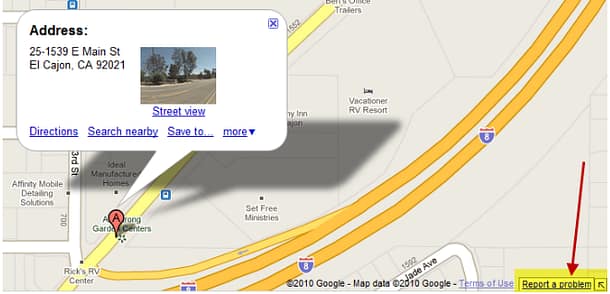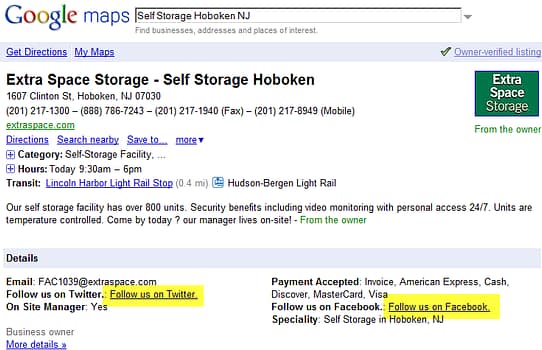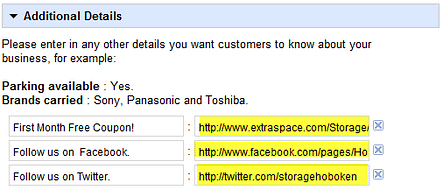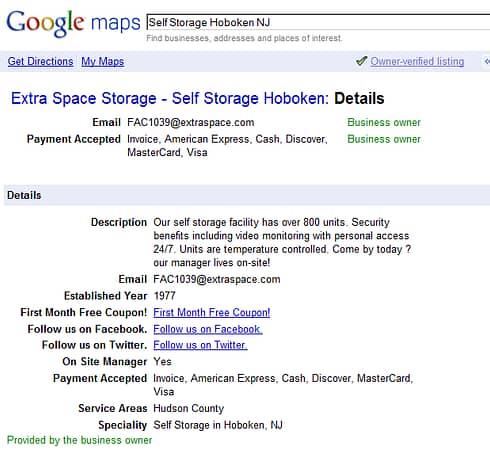David Rodecker, founder and CTO at LocalSplash reported last month that Google had hired 300 workers to focus on fixing Google Maps bugs. We decided to test this new reporting system and have been very impressed with Google’s response. “Last month when we reported that Google was hiring 300 workers to focus on Maps bugs I didn’t know how long until we see results. The below message was performed using the Report a problem link and I had a positive response within 1 day. Pretty impressive result. You should use this for any bugs that we come across.”
Below is the reply by a Google Maps team member:
Hi Dave,
Your Google Maps problem report has been reviewed, and you were right! We’ll update the map soon and email you when you can see the change.
Report history
Problem ID: 2882-085A-2530-5884
Your report: 25-1539 E Main St, El Cajon, CA 92021 is not an address. The prefix “25-” is not needed.
—
Thanks for your help,
The Google Maps team









